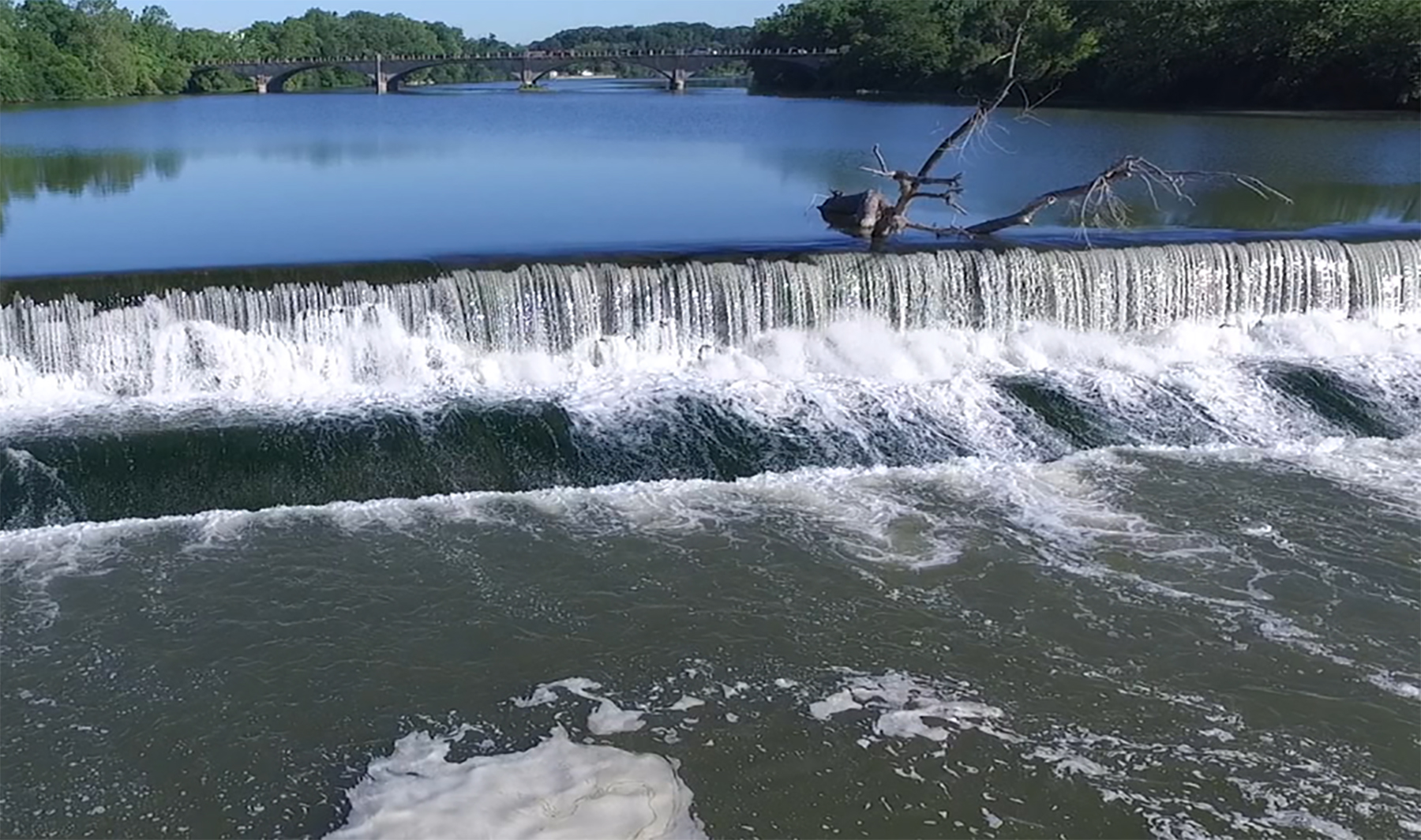
U.S. dams, which received a D grade in ASCE’s 2021 Report Card for America’s Infrastructure, just received a big boost with the passage of the Water Resources Development Act of 2024.
The legislation reauthorizes the National Dam Safety Program and incorporates low-head dams into the National Inventory of Dams. Low-head dams pose dangers, particularly to kayakers and others using the waters where such dams are situated.
Further reading:
- Engineers work to reduce drowning deaths at low-head dams
- Michigan dam failures were ‘foreseeable and preventable,’ report finds
- Failures at Edenville and Sanford raise concerns about other US dams
Having spent 42 years running New Jersey’s Division of Dam Safety and Flood Control, John H. Moyle, P.E., M.ASCE, said the program is absolutely vital.
“A lot of states depend upon this,” Moyle said. “Some states use the funding to augment their staff, to provide additional staff to do inspections and review design plans. Some states improve the number of emergency action plans that they develop.”
WRDA for months was on the verge of passing both houses of Congress, but each chamber adopted its own bill with a few differences to reconcile. The House version of the bill, which passed on Dec. 10, included the low-head dam provision. The original Senate bill did not include this aspect, but it made it into the final legislation, which passed on Dec. 18.
President Joe Biden is expected to sign the bill soon.
History of the program
In a statement, ASCE President Feniosky Peña-Mora, Sc.D., P.E., NAS, CCM, F.CIOB, NAC, Dist.M.ASCE, acknowledged how important the legislation’s passage was, singling out the dam program as “a top legislative priority for ASCE and a critical program.”
Moyle, who is retired but does part-time dam safety work with GEI Consultants and helps the state of Delaware with inspections and permit reviews as part of its dam safety program, wasn’t fully comfortable until the Senate passed WRDA with the National Dam Safety Program included.
He is grateful for the work the Association of State Dam Safety Officials and ASCE did to help convince legislators of the program’s importance.
“We’re always concerned you could lose a critical program to all 50 states,” Moyle said. “As a result of the hard work between ASCE and ASDSO, we were able to get the support to get this law reauthorized.”
In the late 1970s, the National Dam Inspection Program authorized the secretary of the Army, through the U.S. Army Corps of Engineers, to initiate a program of dam inspections throughout the U.S. In the mid-1990s, the Corps conducted extensive dam inspections and determined that a high percentage didn’t meet safety criteria or were in disrepair. As states scrambled to figure out how to resolve the situation, the Federal Emergency Management Agency established the dam safety program in 1996 to provide guidance and grant assistance.
Other important functions of the program, Moyle said, include training for state dam safety engineers, who tend to be recent college graduates, and public outreach so that communities are aware of the number of dams in their areas and the possible impacts downstream if a dam were to fail.
Emergency action plans are in place to identify areas downstream that would be inundated in the event of such failures and to provide notification flowcharts to make sure those in affected areas can be evacuated.
“It’s always been a successful program,” Moyle said. “In New Jersey, it was (helping with) training and outreach and improving emergency action plans. Things fall to the wayside when state budgets are cut. We look forward to working with FEMA and improving state programs.”
Numbers will grow
The national inventory will grow significantly with the addition of low-head dams, which pose serious threats to people in kayaks, canoes, or tubes.
Moyle said low-head dams that are obsolete, interfere with fisheries, or degrade streams should be removed.
“No one has really been keeping track of these low-head dams,” he said. “So this is going to be the first opportunity.”
Many U.S. dams were built in the early 20th century when standards weren’t as stringent, including spillway size. This, combined with a ramping up of significant weather events, makes it more important than ever to monitor dams and ensure public safety.
“With climate change, we are seeing more intense rainstorm events and more rain associated with these events in a shorter period of time,” Moyle said. “And we’re seeing that some of these dams that have not been brought up to current design criteria are vulnerable to these type of flood events.”
In addition to the dam portion of the legislation, WRDA authorizes 21 new Army Corps of Engineers projects, putting the focus on waterway navigation, hurricane and storm damage risk reduction, flood risk management, and ecosystem restoration.



